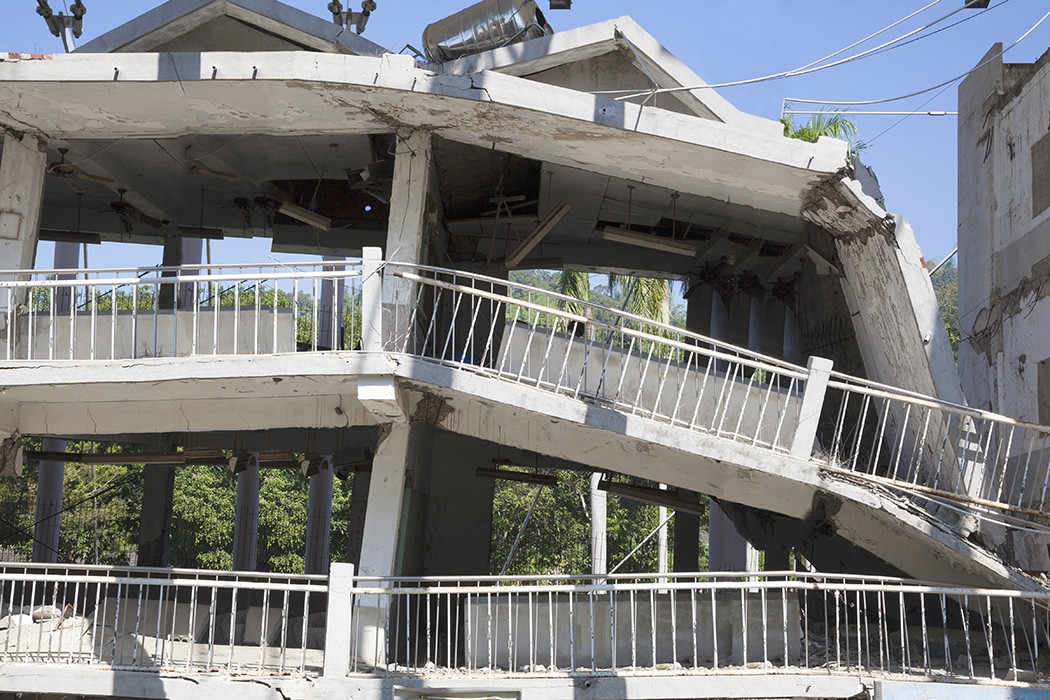Welcome to SeismicOrdinances.com, an informational site maintained by Wiss, Janney, Elstner Associates, Inc. (WJE). This page serves as a knowledge base for information regarding seismic assessment and retrofit requirements and relevant deadlines that pertain to seismic ordinances in various cities throughout California. It's intended for use by individuals and building owners seeking an introduction to seismic ordinances.
The information provided on SeismicOrdinances.com is general in nature and is subject to change as local authorities amend their current ordinances and adopt new ordinances. Those requiring specific information on seismic ordinances should contact their municipality.

What is a seismic ordinance?
A seismic ordinance is a law passed by local authorities requiring the evaluation and retrofit of specific building types proven to be vulnerable to seismic events. These ordinances are created in response to poor performance of certain classes of structures during previous earthquakes, such as the 1989 Loma Prieta earthquake and the 1994 Northridge earthquake. These ordinances outline minimum requirements for mandatory evaluation and structural improvements intended to reduce earthquake-induced damage to classes of buildings identified to be particularly vulnerable to earthquake damage. In general, these ordinances are not intended to strengthen buildings to the same level of seismic performance of a new building designed using current building code requirements. Rather, these requirements address critical safety concerns by increasing the likelihood that occupants are able to safely exit the building in the event of an earthquake.
Is your building type included?
The new generation of seismic ordinances is typically categorized by one of four building types: (1) Wood-Frame Soft-Story Structures, (2) Non-Ductile Concrete Structures, (3) Reinforced Concrete or Masonry Wall Structures, and (4) Pre-Northridge Steel Moment Frame Structures. Most of these newer ordinances apply to structures permitted for construction before a designated date; this designated date varies by ordinance type and municipality, but is generally based on the building code in affect at the time the structure was designed. Follow the links on this page for more information on each building type and the associated ordinance(s).
In California, there are also older mandatory seismic ordinances that apply to other structure types such as unreinforced masonry (URM) buildings. The California URM Law was passed in 1986 and required local governments in high seismic zones to develop an inventory for URM buildings and establish a loss-reduction program. For a handful of California cities, ordinances requiring seismic retrofit were passed—but in the majority of cities, the local ordinances only required that owners identify buildings as being vulnerable. Typically, mandatory compliance dates for URM buildings in California covered by this older generation of seismic ordinances have passed, meaning that most of the buildings in California covered by these older ordinances should be in compliance. Because of this, SeismicOrdinances.com does not address URM ordinances in California. Those requiring specific information on URM ordinances in California should contact their municipality directly.
Don't see your city?
Please note that SeismicOrdinances.com may not include all cities within California that have seismic ordinances in effect. Contact your local government officials for more information on future seismic ordinances, earthquake preparedness, and voluntary retrofits.
Interested in seeking seismic consultation for your building?
Wiss, Janney, Elstner Associates is a global firm of engineers, architects, and materials scientists committed to helping clients solve, repair, and avoid problems in the built world. Since our founding in 1956, we've successfully completed more than 175,000 investigative, testing, and repair projects involving virtually every type of construction material, structural system, and architectural component. We are currently engaged in seismic-related projects worldwide, with several structural engineers and architects actively involved in committees and task groups that develop seismic-related building codes and local ordinances.
Visit wje.com to learn more about our seismic engineering services.
Use our Contact page to reach us directly regarding seismic ordinances consultation.
The information provided on SeismicOrdinances.com is general in nature and should not be relied upon as fact. Those requiring specific information on seismic ordinances should contact their municipality or e-mail seismicordinances@wje.com.
Visit FacadeOrdinance.com for information regarding specific facade ordinances in various cities throughout the United States.






